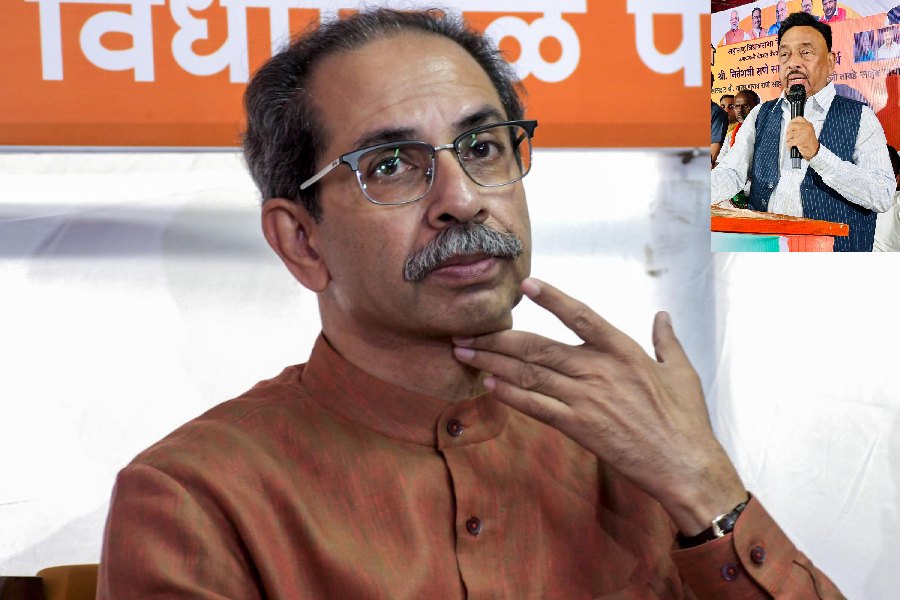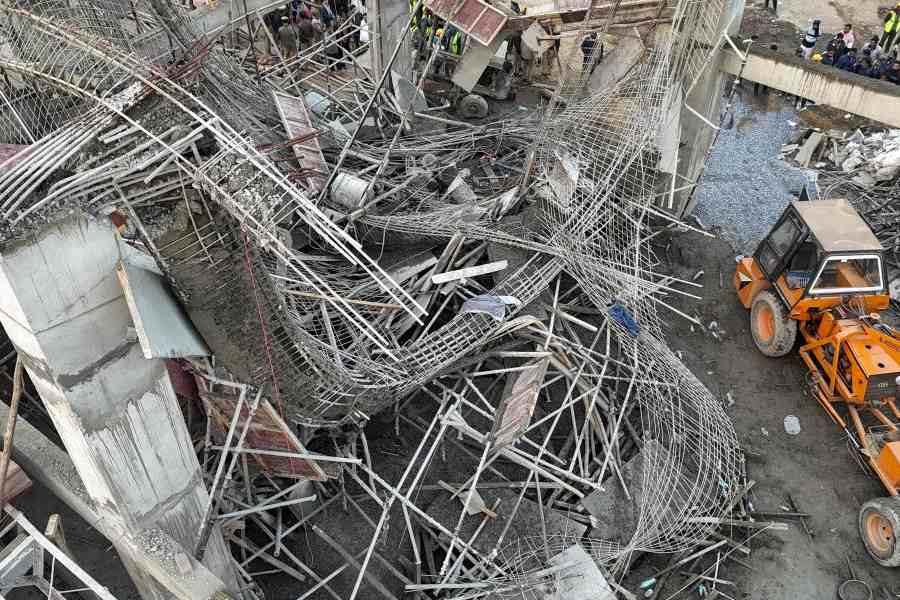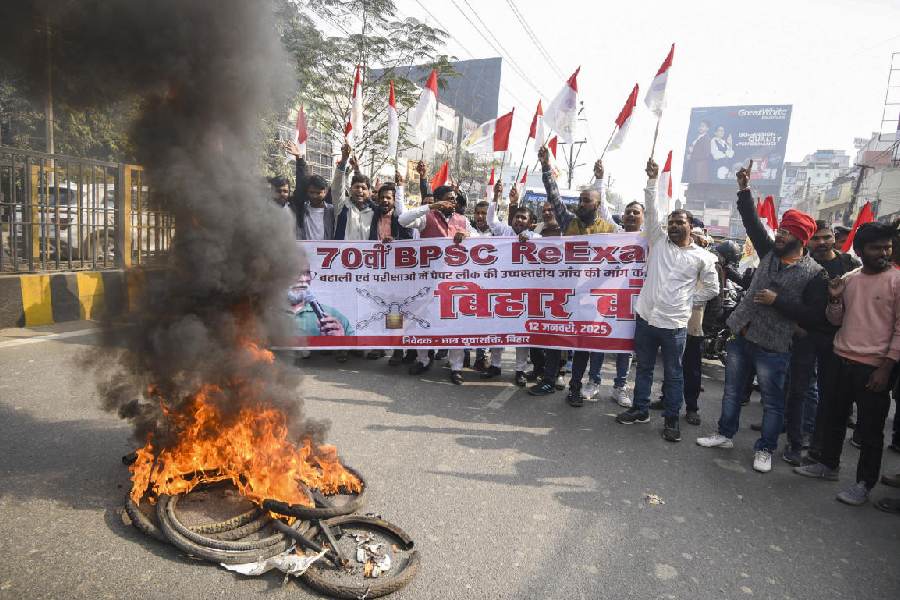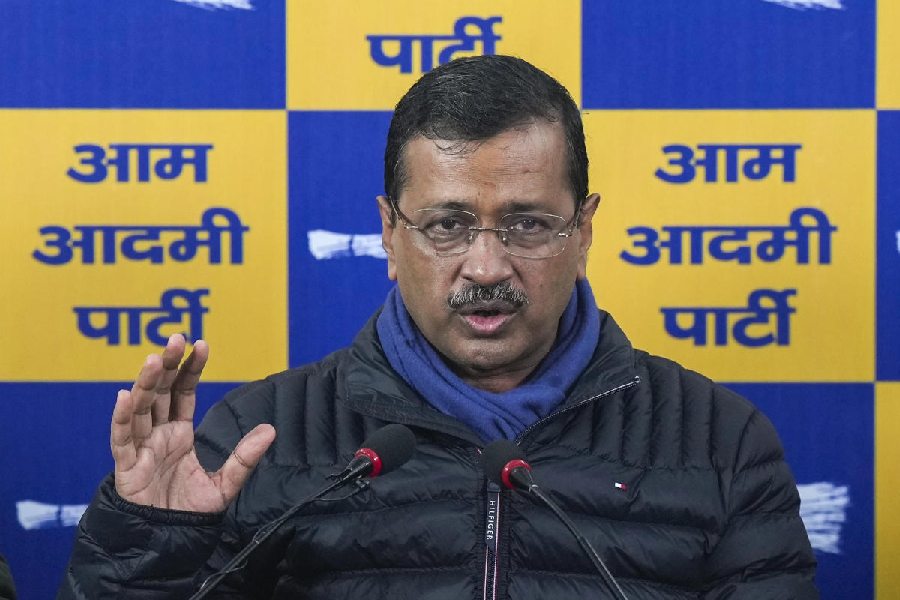Past studies have established that investments in infrastructure have a multiplier effect on GDP in terms of immediate creation of jobs, attracting fresh investments in manufacturing and services and improving the overall competitiveness of the economy. The National Infrastructure Pipeline (NIP), launched in early 2020 and involving an estimated outlay of Rs 111 lakh crore, therefore, comes at an opportune time. If it is implemented in a timely manner, it is expected to play a key role in the post Covid-19 turnaround of the economy.
The key issue, however, remains mobilisation of adequate financing within the required timelines. If we look at the financing mix envisaged in the NIP, around 18-20 per cent of the outlay is proposed to be funded through the Government of India’s (GoI) budgetary support. Another 24-26 per cent is expected to come from state government budgets, with the balance coming from extra-budgetary resources, including private financing.
In 2020-21, GoI budgetary spending on infrastructure is expected to be around Rs 4.5 lakh crore. Even if these levels of investment were to be maintained or increased slightly over the next four years, the level of financing envisaged from GoI budgetary outlays would be met. However, there remain questions on the other proposed sources of financing.
Annual infrastructure spending has varied in the range of Rs 9-10 lakh crore in 2018 and 2019 and a steep change is called for if the NIP targets are to be achieved.
Financing options
If we look at the key sources of finance beyond the central budget, with average fiscal deficit at the state level likely to be around 4.6 per cent (source: RBI) against the original cap of 3 per cent, state government budgetary constraints are likely to persist.
The banking sector, another mainstay of infrastructure financing, has been impacted by asset liability mismatches and delays on borrower loan repayments due to the economic fall-out of Covid-19.
Coming to infrastructure focused development finance institutions (DFIs), these have largely been limited to sectors such as power and railways. However, around 30 per cent of the NIP outlay is earmarked for sectors such as urban infrastructure, irrigation, health and education where projects are likely to be promoted at the state level. Given all this, it is important that the GoI budgetary support for infrastructure financing focuses on specific areas which can act as a force multiplier for state government investments as well as long-term extra-budgetary sources of finance.
The first such area can be the setting up or repurposing of one or more development finance institutions (DFIs) to finance greenfield infrastructure projects in specific sectors at the regional or state level. DFIs offer an unique advantage of providing long-term financing at reasonable rates during the early stages of the project. While the initial risk capital for the DFI(s) can come from the budget, this can be supplemented through additional resources from bilateral/multilateral organisations, international capital markets etc. A regional or state specific DFI construct may be explored, based on equity participation from state governments and state-specific investment caps based on contribution from individual states.
Land monetisation
The second potential area for intervention is creating an enabling mechanism for surplus land monetisation. There exists significant holding of unused government land, both at the central and state level. Budget 2021-22 can possibly look at funding the initial capital for a Central Land Management Corporation mandated with managing surplus land assets of the government. It would be responsible for acquiring or leasing surplus government land for utilisation in commercial as well as infrastructure projects.
A third area of focus involves streamlining tax-related measures to attract long-term sources of finance like sovereign wealth funds (SWFs) and foreign pension funds (FPFs). While certain measures like exempting dividend and capital gains income of SWFs and FPFs from infrastructure investments are already in place, Budget 2021-22 can look at additional enabling measures like extending the tax exemption under Section 10(23FE) to SWF/FPF investments in holding companies against only infrastructure operating companies.
While these may not feature in the forthcoming budget, the underlying policy reforms for individual sectors, some of which have been highlighted in the NIP, are important. Key areas for intervention include putting in place objective regulatory and tariff setting mechanisms for specific sectors, streamlining land approvals and dispute resolution practices for infrastructure projects; deepening the market for corporate bonds and streamlining settlement mechanisms.
The writer is partner, government and public services leader, Deloitte India











